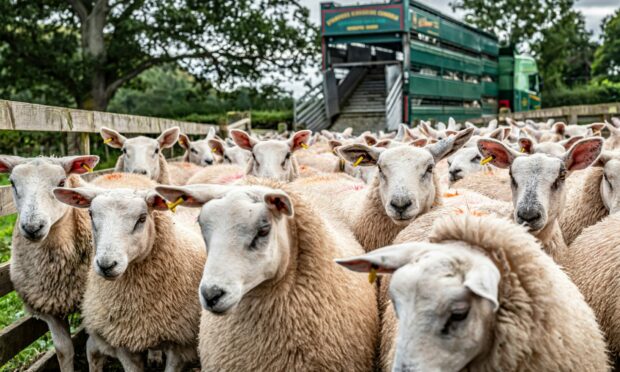New approaches to controlling sheep scab – which is estimated to cost the industry more than £80 million per year – are being pioneered by scientists at the Moredun Research Institute on the outskirts of Edinburgh.
Scab causes significant production and welfare problems and treatment currently relies on organophosphate (OP) dips and macrocyclic lactone (ML) injectables.
However, mite populations have become resistant to the MLs so the race is on to bring scab under control.
The Moredun work builds on the development of a blood test which can detect the disease before the appearance of clinical signs, meaning it can be found before it has a chance to spread.
One of the projects, which is funded by the Scottish Government, is taking place in Lewis and Harris and involves using the blood test to screen flocks at scanning during February 2023, identifying areas where further support is required to better control sheep scab.
Other projects include pilots ahead of the proposed All Wales Sheep Scab Eradication Programme , and in England the ‘For Flock’s Sake’ project, funded by the Rural Development Programme for England (RDPE), involves 300 farmers working together in clusters across three hotspot regions for scab: The North; the Midlands; and the South West.
The project offers a combination of on-farm advice, best practice training, free blood testing and has filled an important gap in scab control, with an incredible response from the farmers.
The project leader, Dr Stewart Burgess, said: “The levels of engagement and enthusiasm have been really promising, in some clusters the coordinators have more farmers than can be funded. The local vets have responded fantastically with some leading their own clusters, encouraging their clients to get involved”.
The project in Northern Ireland (Northern Ireland Sheep Say Stamp Out Scab) has recruited 100 farmers who are experiencing issues with scab, and is offering free veterinary advice, blood testing and supported treatments.









